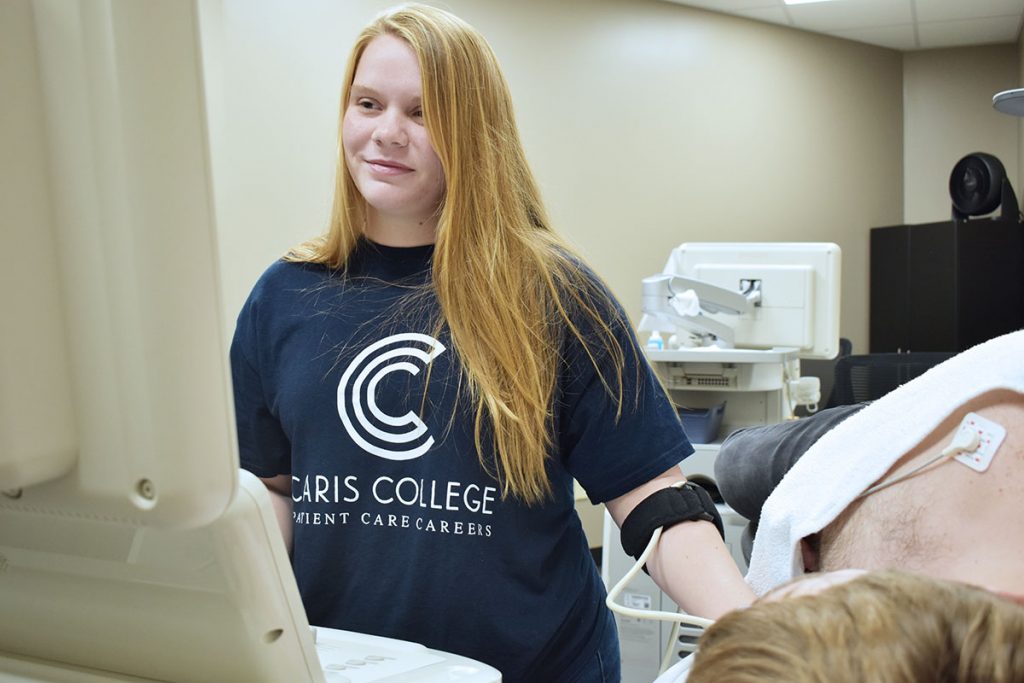
How to Become an Echocardiography Technologist
There are many great opportunities for people to work in the medical field. Cardiac sonography is one of those. When you work as an echocardiography technologist, you get the opportunity to help people learn about their heart. You also help medical professionals find new ways to improve the lives of those people, by finding out about their heart conditions, so they can be treated appropriately. It can be a fast-paced job during emergency or rushed diagnoses, and more relaxed during others. Here’s what to know.
What is an Echocardiography Technologist?
When you work in this capacity, you use cardiac sonography (ultrasound equipment for the heart) to take images of the heart and cardiovascular systems of patients. While patients are at their normal, resting heart rate, images are gathered that are used to help their doctors diagnose medical conditions. During your time on the job, you’ll generally work under a licensed physician. You may also collaborate with other technologists, depending on the specific tests the patient’s doctor is requesting.
Most echocardiography technologists work in hospitals, but some also work at diagnostic imaging centers and in medical clinics. If the facility has the right equipment for taking ultrasounds, x-rays, and sonograms, you could potentially work there in this role. Understanding what you would do, why it matters, and whether it would be the right kind of job for you is all part of learning about this exciting field. Many people who work in the medical field find it to be a highly rewarding space.
What Would You Do in This Role?
Primarily, an echocardiography technologist would perform ultrasounds of the heart and vascular systems of patients, as requested by their doctors. You would need to be sure you specifically targeted parts of the heart or blood vessels, and that those parts were easily visible in the imaging. Those could include valves and chambers in the heart, along with blood vessels. The images you provide would help medical professionals get a more complete picture of the cardiac health of their patients.
A resting heart rate is typically needed to take these images. If your patient has an elevated heart rate (for example, if they’re nervous), the doctor prescribe medication to bring their heart rate down. That helps to ensure that you get quality images that can be used by their doctor for an accurate diagnosis. You may also work with doctors who are performing procedures that are mildly invasive, and that also involve the use of ultrasound technology. Additionally, you could be asked to:
- Ensure patient safety during ultrasounds.
- Take the medical history of patients.
- Educate patients about the ultrasound technology you’ll use.
- Record data that is physiologic, pathologic, and anatomic.
- Analyze data to get it ready for a patient’s physician.
How to Become an Echocardiography Technologist
In order to start your career in cardiac sonography, you’ll first need to complete a Diagnostic Medical Sonography program. Enrolling in the Diagnostic Medical Sonography program is the first step toward learning about your future career. Many people choose a college that’s close to them, or close to where they want to practice. But you also want to look for a college with a good program, so you can learn all the skills you’ll need to be successful when you graduate. Most programs are two-years, and an internship may be a part of that, as well.
Once you get your education, you can’t just get to work, though. You also need to be certified. Most employers will require that, even if the state doesn’t. The American Registry for Diagnostic Medical Sonography and Cardiovascular Credentialing International are two of the main sources for certification. They’re both valid, so you can choose whichever one works best for you. The purpose of certification is so your employer will know that you’re qualified to do the job, and you understand the details.
The Right Skills Will be Rewarded
To be an effective echocardiography technologist, you need the right skills. Knowing how to use the ultrasound equipment the right way is one of the most important things you can do. But you should also have things like good time management, empathy toward the patients you see, and physical stamina. Cardiac sonography can be a very rewarding job, but it’s also a demanding one. You need to make sure you understand what it entails, so you can be ready for it when you start your career.
When you work in this capacity, you can expect a starting salary of around $64,000 per year. That’s a good start, and many technologists also find ways to advance and qualify for salaries that are higher than that, throughout their career. The demand for people in this field is growing, as well, so it’s never been a better time to get involved in something that can give you a great career, and help improve the lives of others, all at the same time.
More on an Echocardiography Technologist